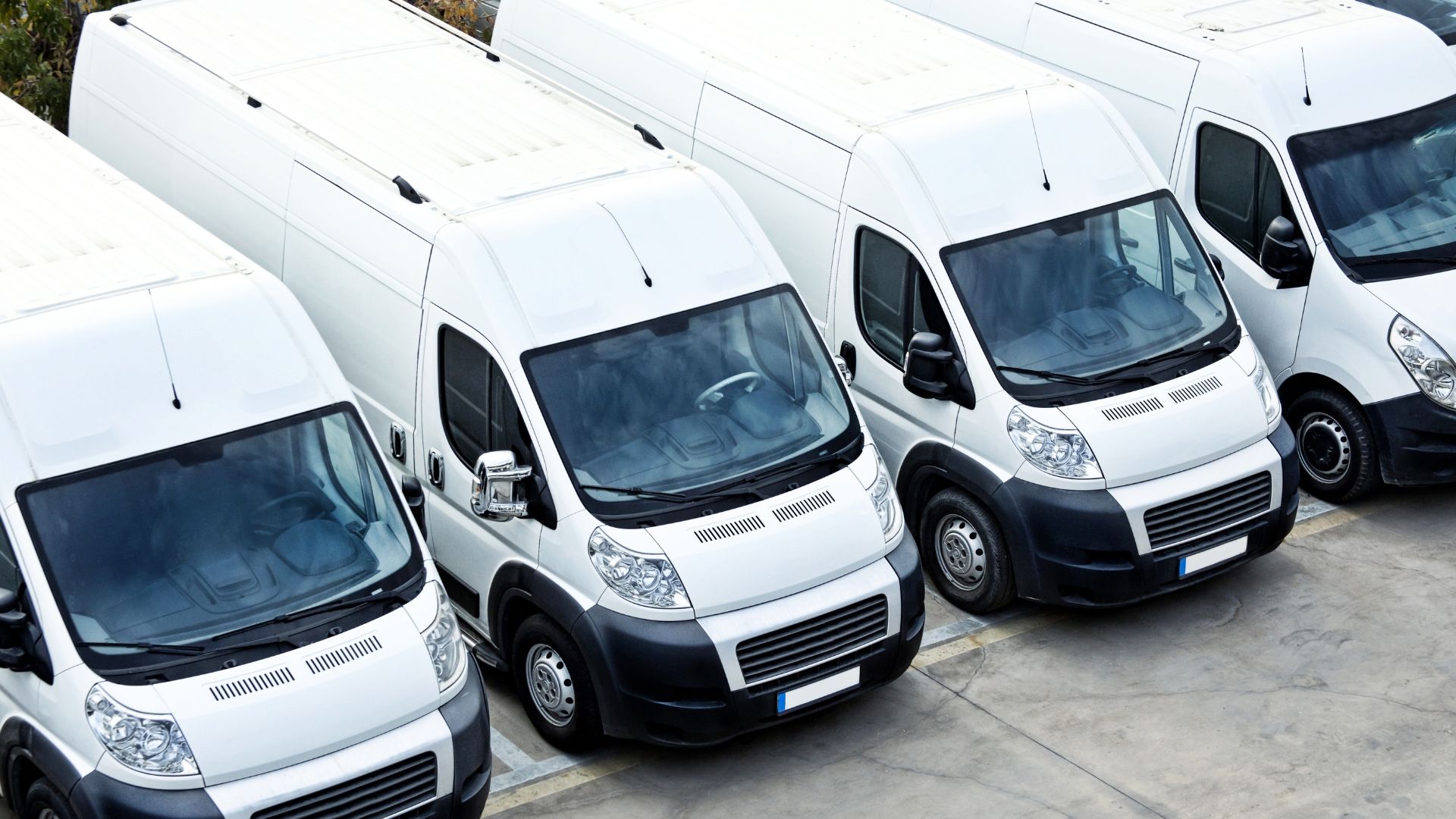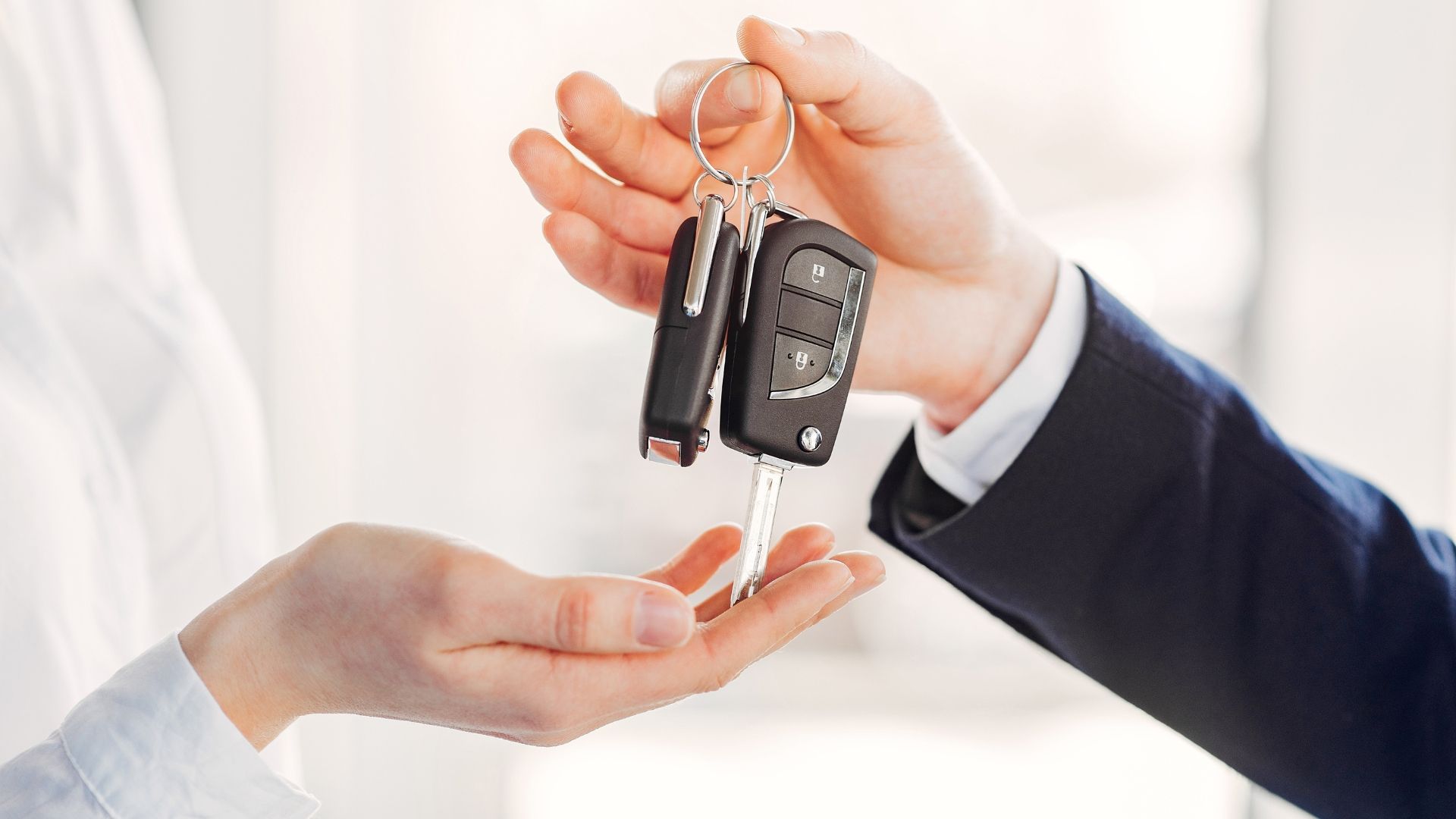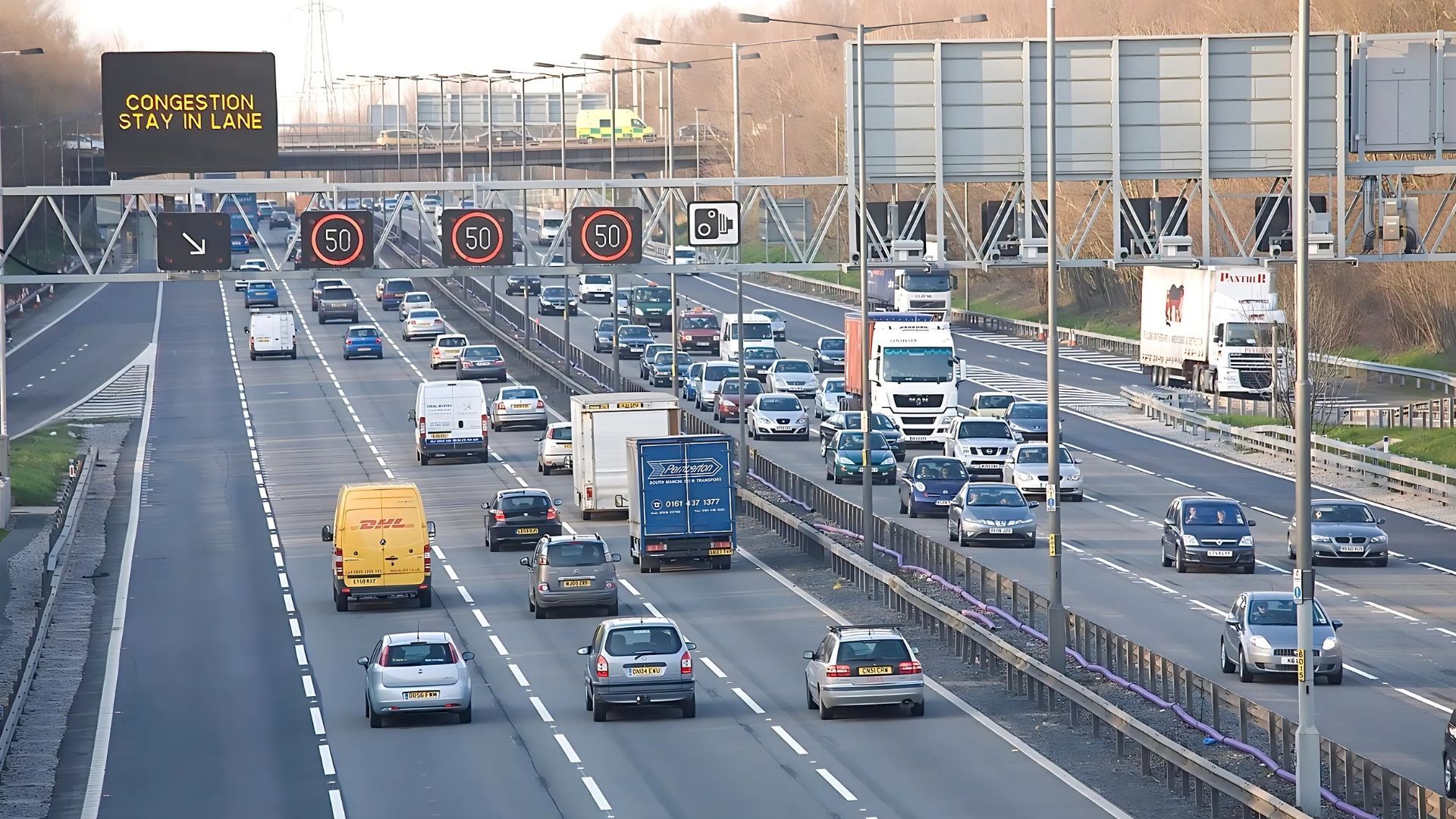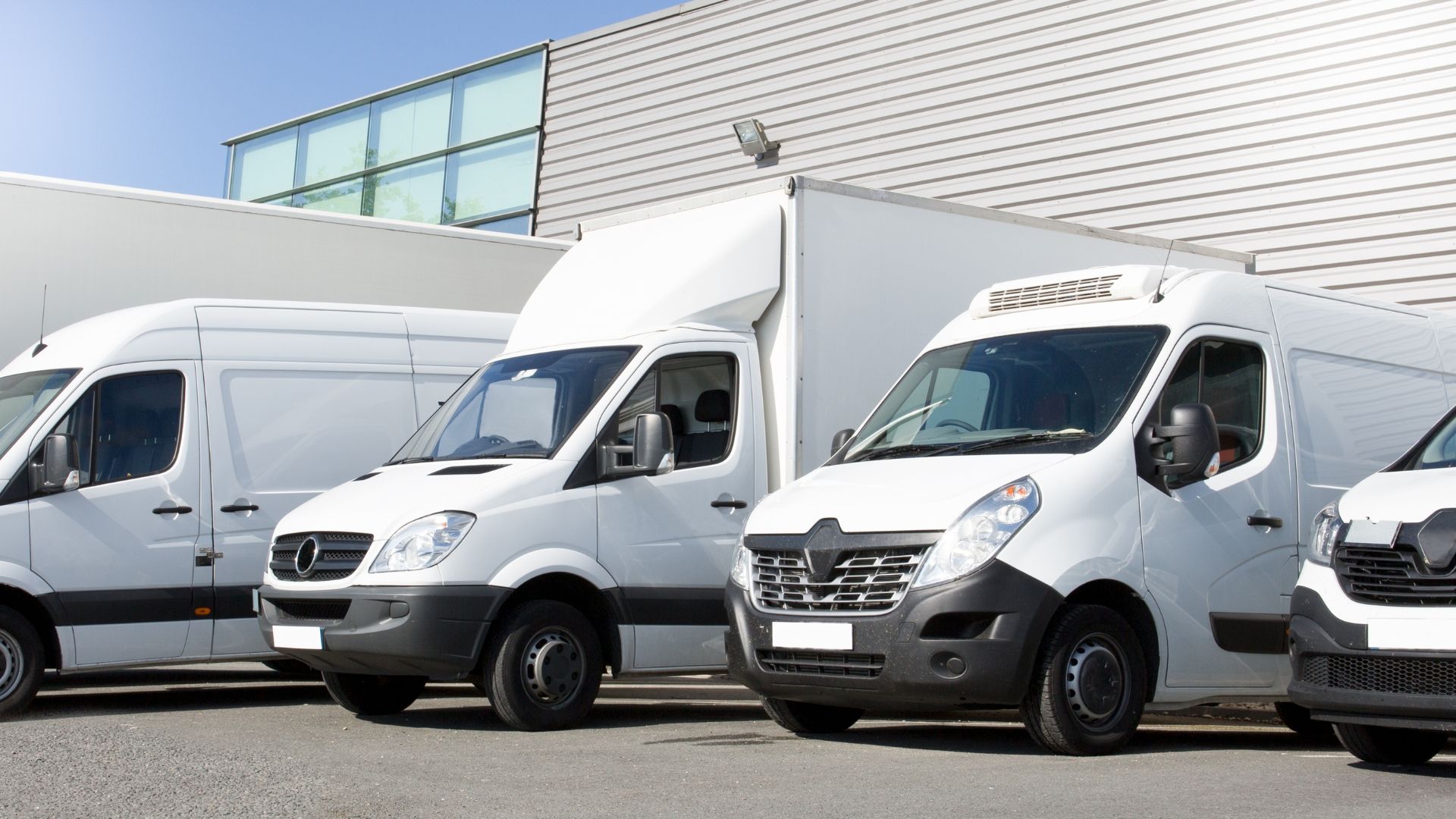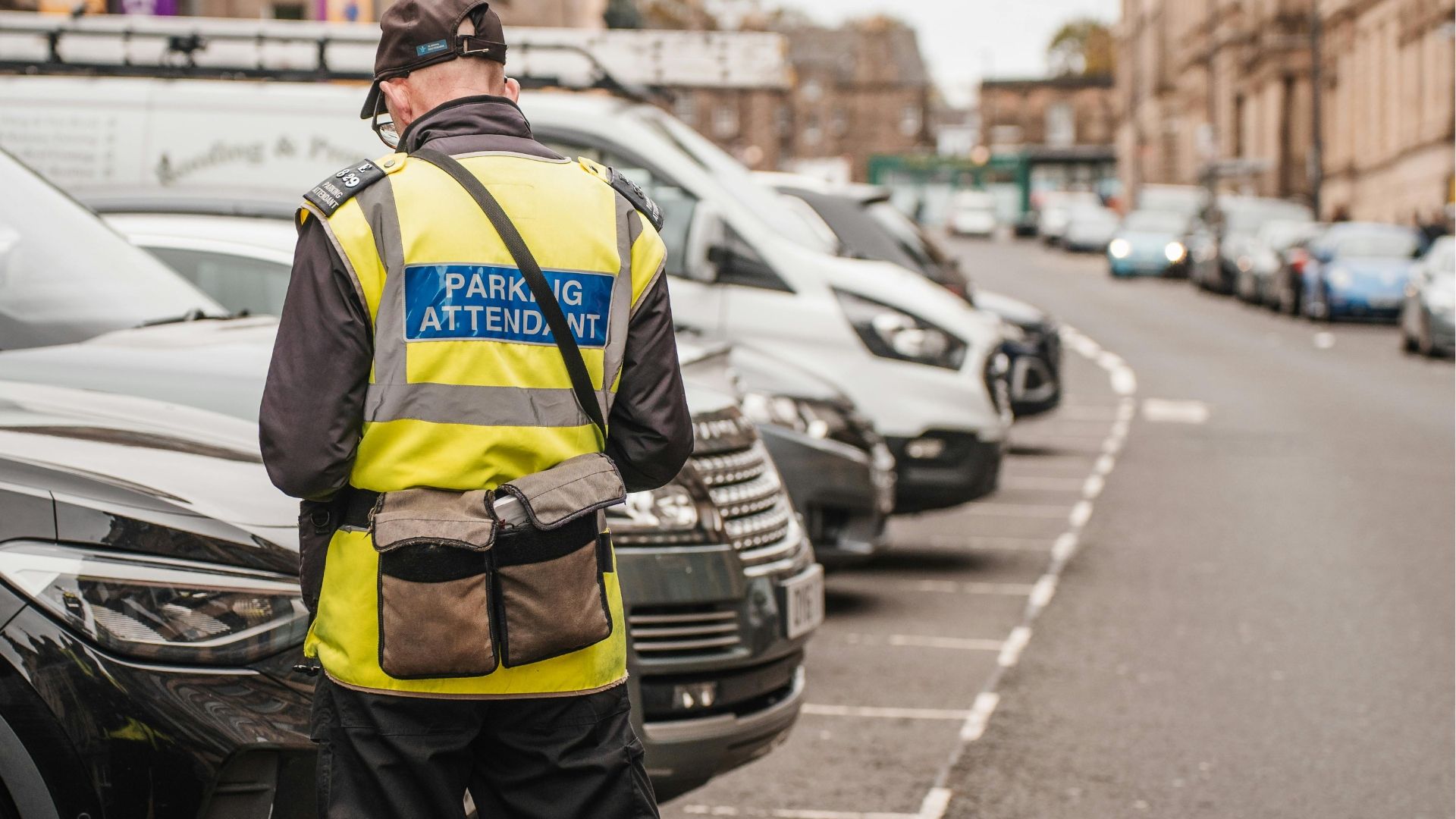Moving house with pets: transport tips and practical advice
Moving home with a pet can be stressful – but with the right preparation, it doesn't have to be. Learn the secrets to a smooth move in our guide.

Survey after survey shows that moving house is one of the most stressful experiences you'll ever have to go through.
Will the sale fall through? What will happen when? Can you actually afford it? And that's before you start sorting your life into piles and putting them into boxes.
But no matter how stressful the process, it's reassuring to think there's a new home at the other end. Your pets, however, don't know what's in store.
Moving house can be difficult for cats, dogs and other pets. They can find the journey itself stressful and take time to acclimatise to their new home.
What's more, transporting animals when moving house presents its own challenges – challenges that differ from pet to pet.
Yep, there's no denying it: moving house with pets is rarely what you might call fun. But just because it's challenging doesn't mean it has to be stressful. We hope the tips in this article help make the process as smooth as it can be.
Transport tips for animals
Generally speaking, the best thing you can do for your pets before moving house is prepare them for the transition. Moving home can cause animals anxiety, so it's important to do what you can to minimise this.
There are two main ways to do this. The first is to acquaint your pets with their travel carriers, as well as with moving materials such as boxes. This can help make the move less of a shock to them. You might also want to reward them with treats during this process for positive reinforcement.
This step takes place in the home you're leaving. But you should also consider creating a "safe room" in the new house.
This will be a safe haven for them on arrival – a room where they find their bed, toys and food bowls. It helps bridge the divide between your pet's new home and their old one.

It's also important to maintain routines during the moving process as much as possible. If you take your dog for a walk every morning at 7:30, you should do this on moving day, too. This will help reassure your animal that they're in safe hands during the upheaval of moving.
Pet sitter or no pet sitter?
When moving home with a pet, you're faced with a choice. You can take them with you in a pet carrier, or you can entrust them to a pet sitter, kennel or other safe environment for the day.
Your choice will depend on two things. First, how far you're travelling and, secondly, how anxious or stressed you think your pet will be.
There's no right or wrong answer. But like all aspects of moving house, planning is key.
Moving house with a cat
If you've taken your cat to the vet in a cat carrier, you'll know how they react. If not, you should acquaint your cat with their mode of transport long before moving day.
Once moved, cats should be kept indoors. The precise amount of time will depend on the cat. Experts suggest three to four weeks at a minimum.
This time indoors lets cats settle in and mark their territory. Once this is done, you can let them explore the garden and the surrounding areas.
Moving house with a dog
When moving house with a dog, you should create a safe space for them on arrival and maintain your regular routines.
Before letting them explore the new home, you should consider pet-proofing it. This involves shutting doors and windows and tidying away any hazards.
If your dog has travel anxiety, it may be best to ask a friend or family member to look after them. If no one is available, you could hire a pet sitter for the day.
Transport tips for fish
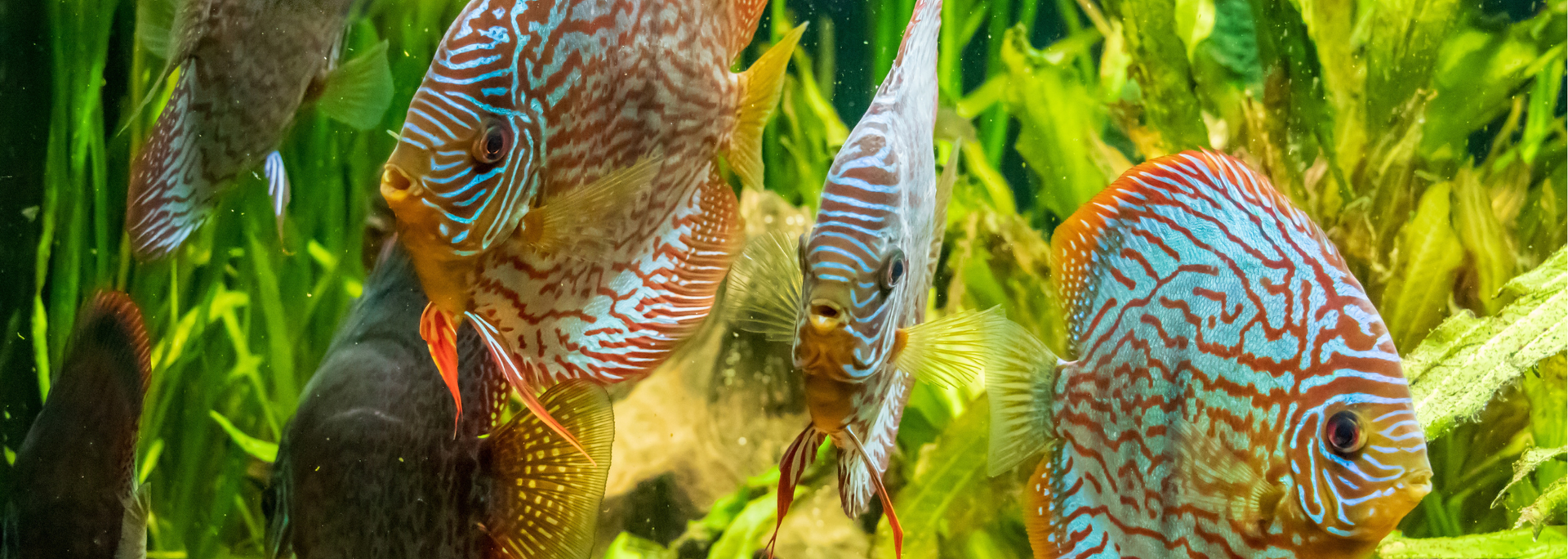
If you're travelling a short distance, you should put your fish into sturdy and sealed containers. These should contain water from the tank. The aquarium should be disassembled, packed away and then reassembled in your new home. (This is also a great opportunity to give it a thorough clean.)
If you have rare fish or a large aquarium, you may need to seek help from an expert. Most of the time, however, fish can be transported in a van or car with relative ease.
HTransport tips for birds
Birds should be transported in a travel cage. This needs to be secured so the birds don't get travel sick. You should also consider covering the cage, at least partially, to help keep them calm.
After you've moved
Once you've moved, you should spend some time helping your pets acclimatise to the new environment.
This could involve slowly letting them explore the new environment. How long this process takes and how gradually it unfolds will depend on your pet's needs and personality.
It's also important to maintain routines – even if your routines are up in the air. Feeding and exercise should stay predictable to help your pets feel at home.
Finally, you should give your pets more attention. If you have a family or a difficult job, this is easier said than done. But if you can manage it, those extra minutes of fuss can make all the difference to your pet's move.
Admin
If you have time, it can be worth booking a check-up at the vet to make sure your pet is ready to travel. And if they have an ID tag or microchip, you should get these updated in time for the move.
How we can help
At MVH Rental, we lease out vans for house removals in northeast England. If you're moving home with a pet, our high-quality, well-maintained Luton van rentals will help make your journey as smooth as possible. Get in touch today to find out more or browse our rental vans online.

